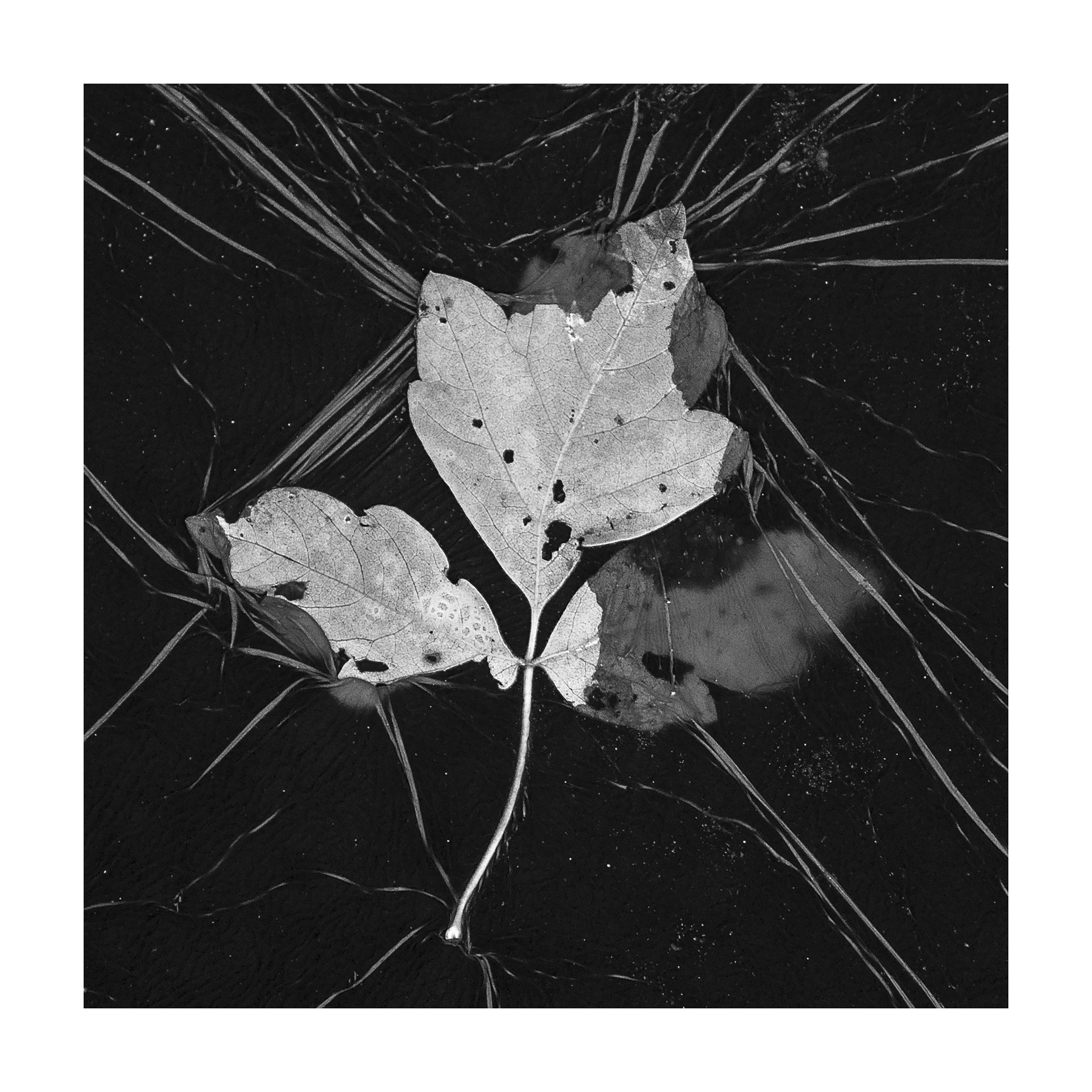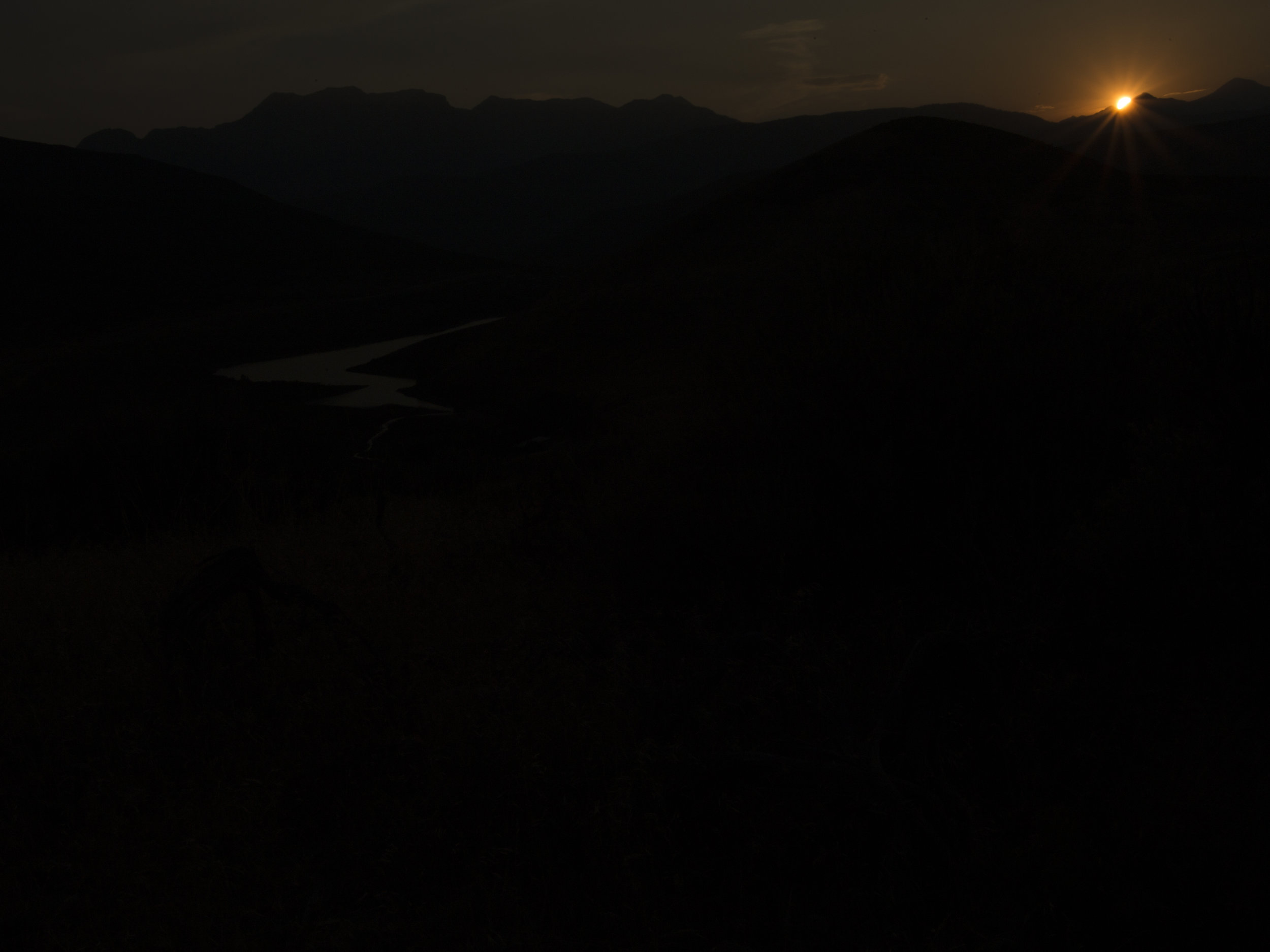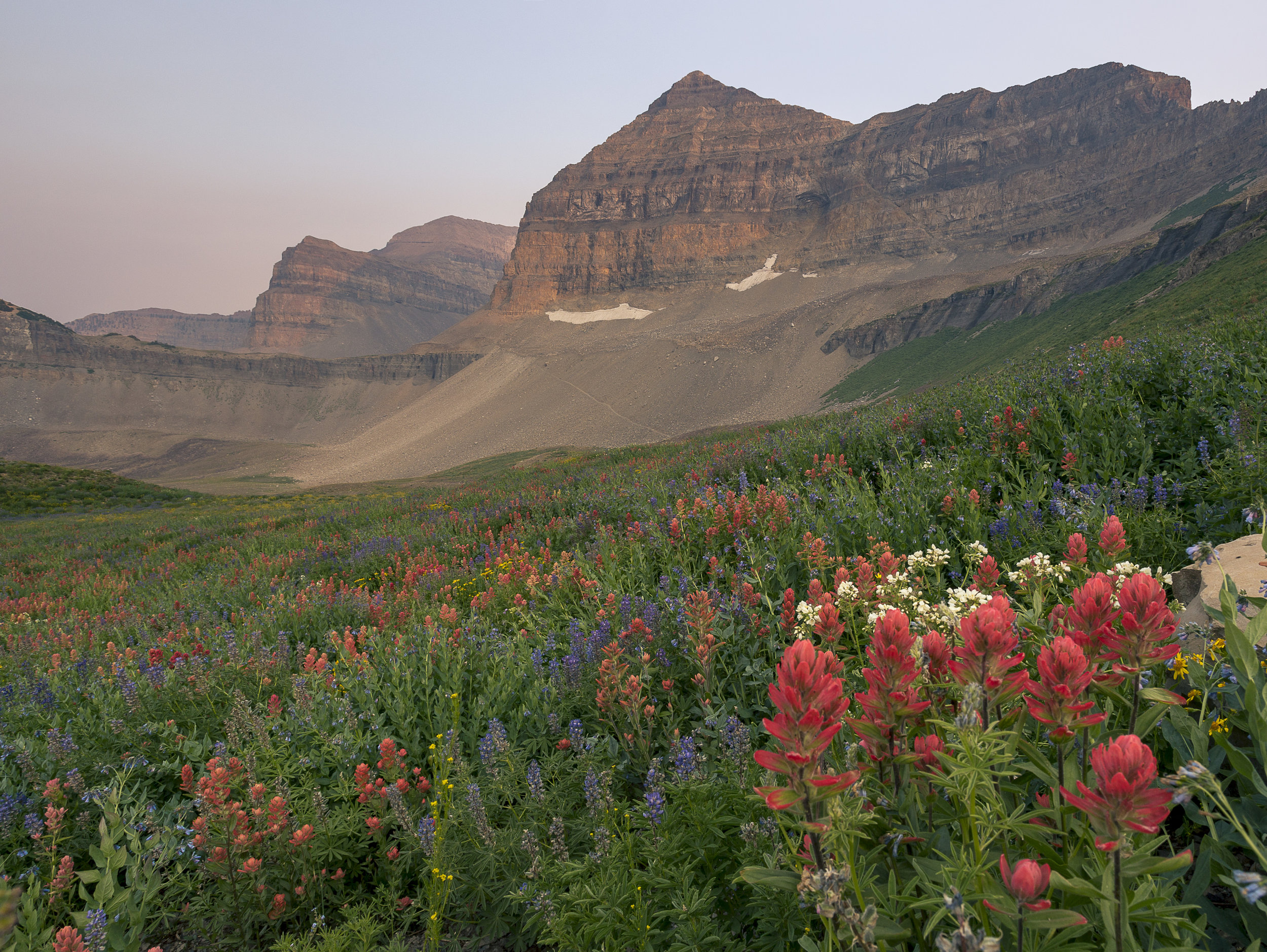Putting It Into Perspective
Spending cold nights in a tent, waking up at 3am (or earlier) for a week, hiking in the dark, eating ramen, drinking coffee, and not showering for that whole week are all part of the job. I’ve had people tell me that anyone can do landscape photography. While I believe this is true, I don’t believe just anyone has the drive to consistently live in the above mentioned conditions on a daily basis to create real landscape images. True, I return to my apartment and freshen up occasionally, and I have done my fair share of day trips, but to create compelling landscape photographs, a person needs to do more than just show up at the overlook at midday and start clicking away.
I spent the last week fussing over every detail of our next photography adventure. We are headed to Arizona to photograph a myriad of different locations over the next 7 days. Proper planning can make or break a trip.
Planning for a photography trip is multi fold. At the bare minimum it is good to ask these three questions: What locations do I wish to photograph? What is the weather forecast, and sun/moon information? What gear do I need? You may be required to purchase permits, guides, and campsites, sometimes up to 6 months in advance! The forecast says sunny and 75, but if you have been photographing long enough you know that isn’t a guarantee, so don’t forget the rain jacket and cold weather gear.
On average a landscape photographer spends anywhere from 15-100 hrs planning their next photograph. In certain circumstances, sometimes the planning can take years. You can expect them to stay in the field anywhere from 7 days- 3 months in the field at a time attempting to capture the perfect moment and may come away with only 1 photograph.
I have returned from our trip to Arizona.
Although the trip was reduced to 3 days due to a family emergency that developed, I was able to capture a few images from my time in the desert. The planning and research that went into this trip made it possible for me to photograph as many locations as I could in the short amount of time I had.
Four Peaks
© Andrew Lockwood 2018
Rebirth
© Andrew Lockwood 2018
Sun And Storm
© Andrew Lockwood 2018
Superstitious Flora
© Andrew Lockwood 2018























